This post may contain affiliate links. For more information, read my disclosure policy.
Learn how to cream butter and sugar with a mixer or by hand. Creaming is an important step in many baking recipes like cookies and cakes. It’s not complicated but knowing what to look for and the best creaming technique will make a big difference in your baked goods.
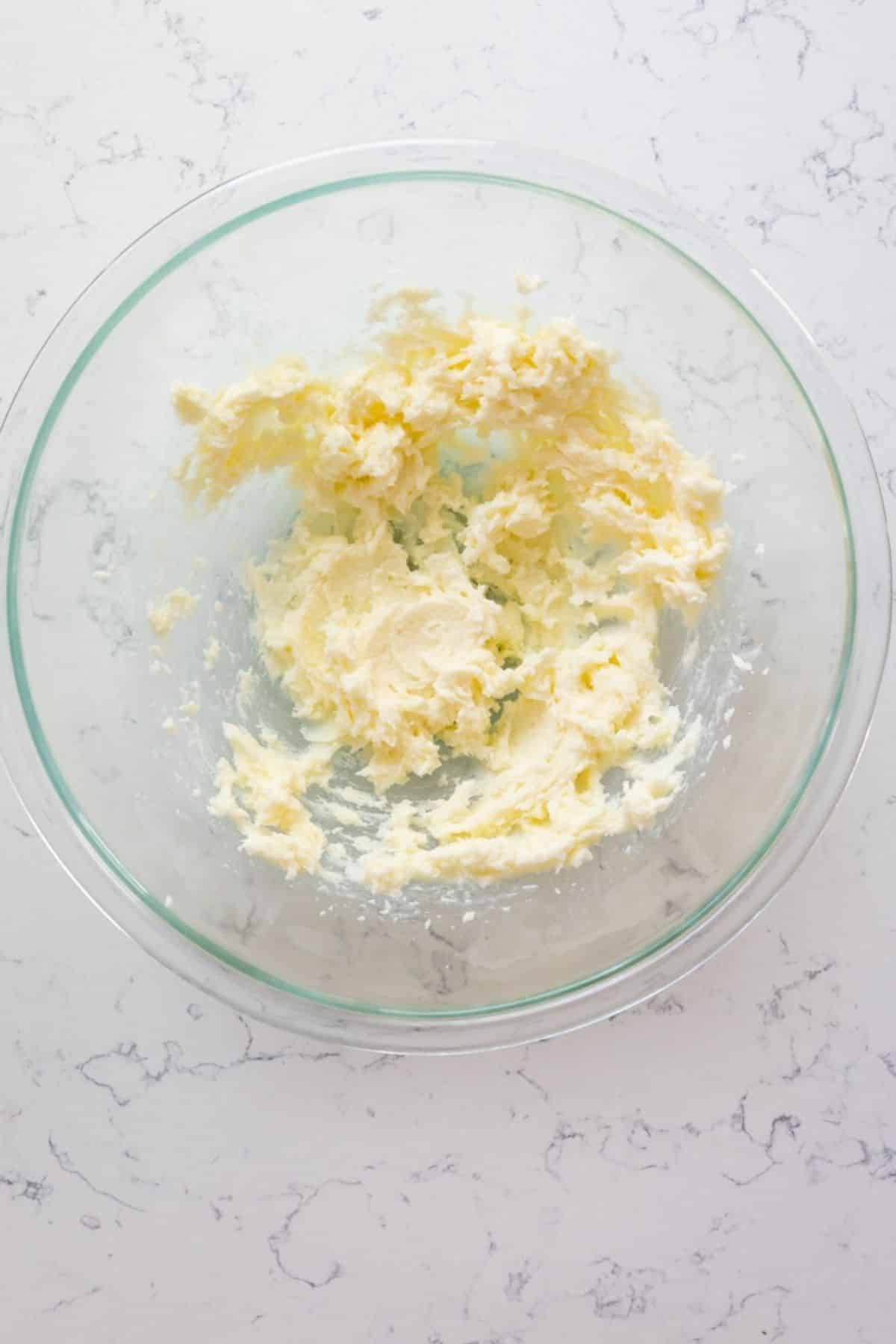
What is Creaming?
In a nutshell, creaming is combining a softened fat (like butter) with sugar until it turns creamy, light and fluffy.
Creaming is such a critical step in baking recipes – when it’s not done correctly your cookies and cakes may turn out flat, soggy or even greasy. Done properly, you’ll get fluffy cakes and puffy cookies with a wonderful tender crumb.
Creaming can be done by hand with a bowl, spoon, and fork, or with a stand mixer or handheld mixer. Doing it by hand definitely takes more effort, but it’s helpful to know in case you’re ever without a mixer and need to make an emergency batch of cookies (it could happen!)
When you cream butter and sugar together, you’re accomplishing one thing: incorporating lots of air pockets into the mixture which will help naturally leaven your baked goods and create a tender crumb.
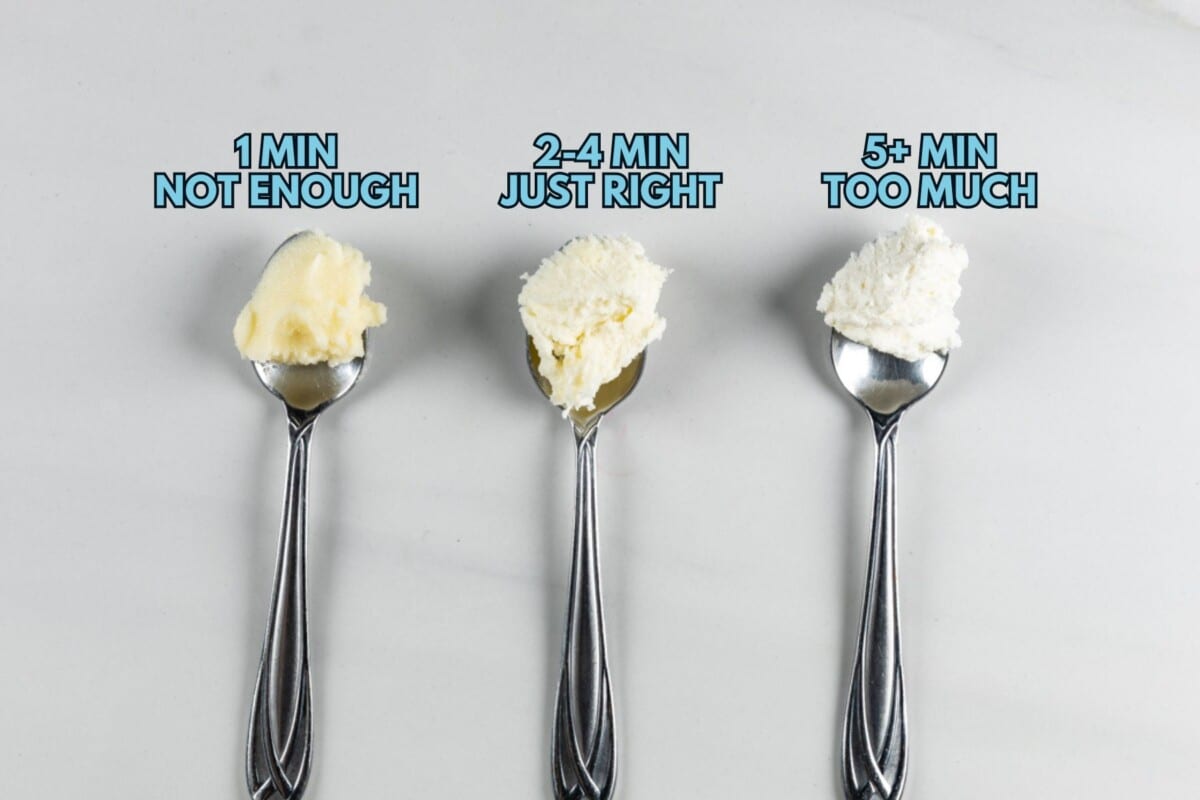
How long does it take to cream butter and sugar?
How long to cream butter and sugar will vary depending on whether you’re doing it by hand or with a mixer. With a mixer it will take between two and three minutes. By hand, it will take longer. It is easier to use a mixer so that is my recommended method.
Whether you cream with a mixer or by hand, the best way to know if your butter and sugar are creamed is by looking at it.
After just a minute, you might think it’s creamed enough but if the mixture still looks grainy or you can see any sugar crystals, then you’ve not creamed it enough.
As more air is incorporated into the mixture you will notice the color will lighten and the texture will turn fluffy. You know you’ve reached the right stage when the mixture is pale yellow and soft but with enough structure to hold soft peaks.
It is possible to over-cream butter and sugar. If creamed too long the mixture will turn white and, if you use it, will give your baked goods a dense, almost gluey, texture. Unfortunately, there isn’t a way to correct over-creamed butter and sugar.
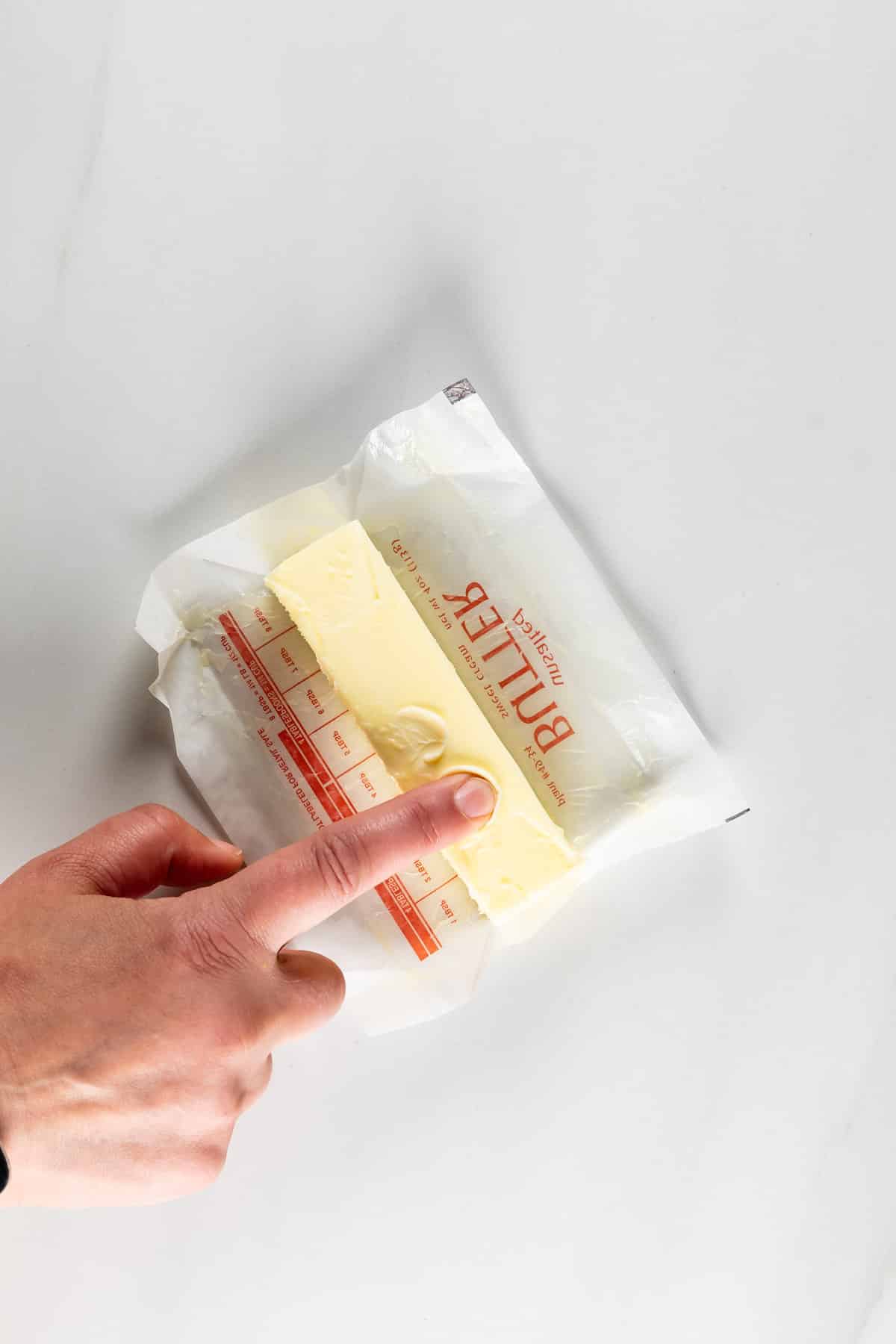
Softened Butter
Starting with room-temperature softened butter is an important part of the process. If the butter is too cold it will be hard to incorporate air and your mixture will be too dense. If it’s too hot the mixture will not have enough air and will be oily. In both cases, your cakes and cookies will have a dense texture instead of the light and tender crumb.
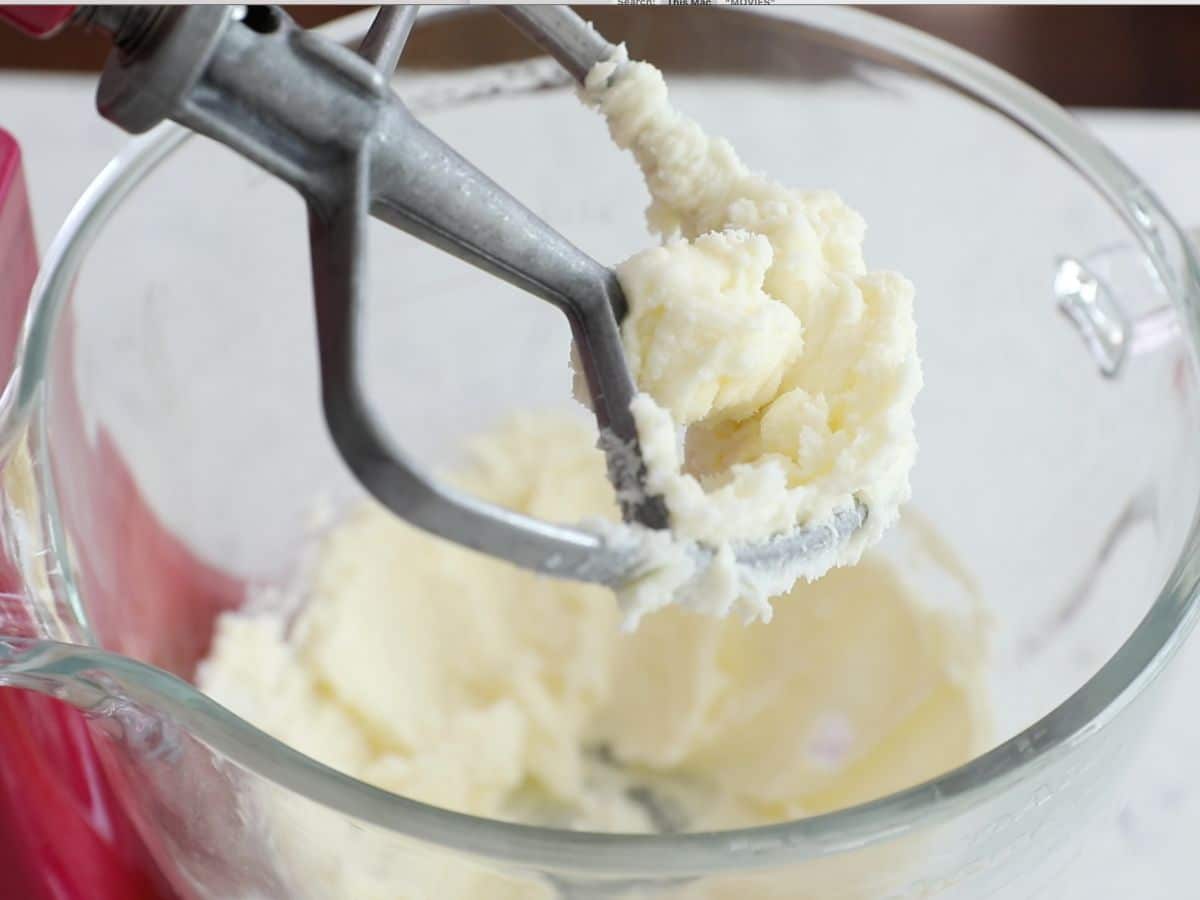
How to cream butter and sugar with a mixer
- Place your softened butter and sugar into the bowl of a stand mixer (or a large mixing bowl if using an electric hand mixer). You’ll want to use the paddle attachment.
- Mix on medium speed (high speed will add too many air bubbles) for approximately 3-4 minutes, or until your mixture is fluffy. Be sure to scrape the sides of the bowl during creaming.
How to Cream Butter and Sugar by Hand
- First, it helps to cut the softened butter into thin pieces and mixing them with the sugar before you start creaming them together.
- Using a fork, press the tines into the butter and sugar to fully combine them. When combined, the mixture resembles a paste.
- Grab a wooden spoon or rubber spatula and beat the butter and sugar together using the same motion you would to scramble eggs. If it’s easier, you can also use the fork to cream them.
- Be sure to scrape the bowl a few times.
- Depending on how fast you can mix, it will take three to five minutes to achieve the right color (pale yellow, remember?) and a fluffy texture. There should be no streaks of butter in the mixture – all of it should be well combined.
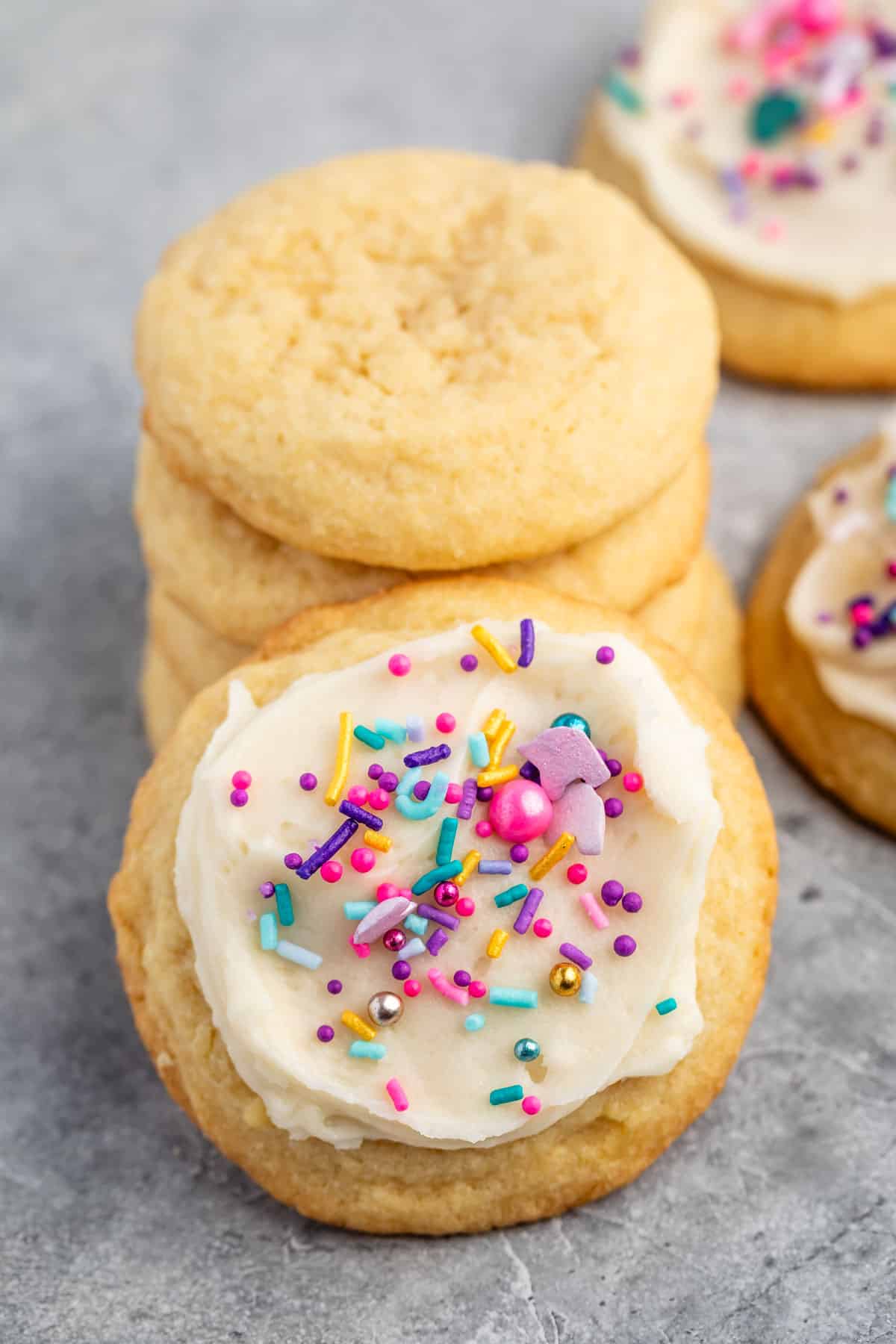
Recipes that call for creaming
- My chewy soft sugar cookies use all granulated sugar.
- This soft and chewy oatmeal cookies recipe uses brown sugar – same concept but the color will be a bit different.
- My coconut cupcake recipe calls for creaming butter and sugar.
- This classic pound cake recipe uses creamed butter and sugar to make a rich crumb.
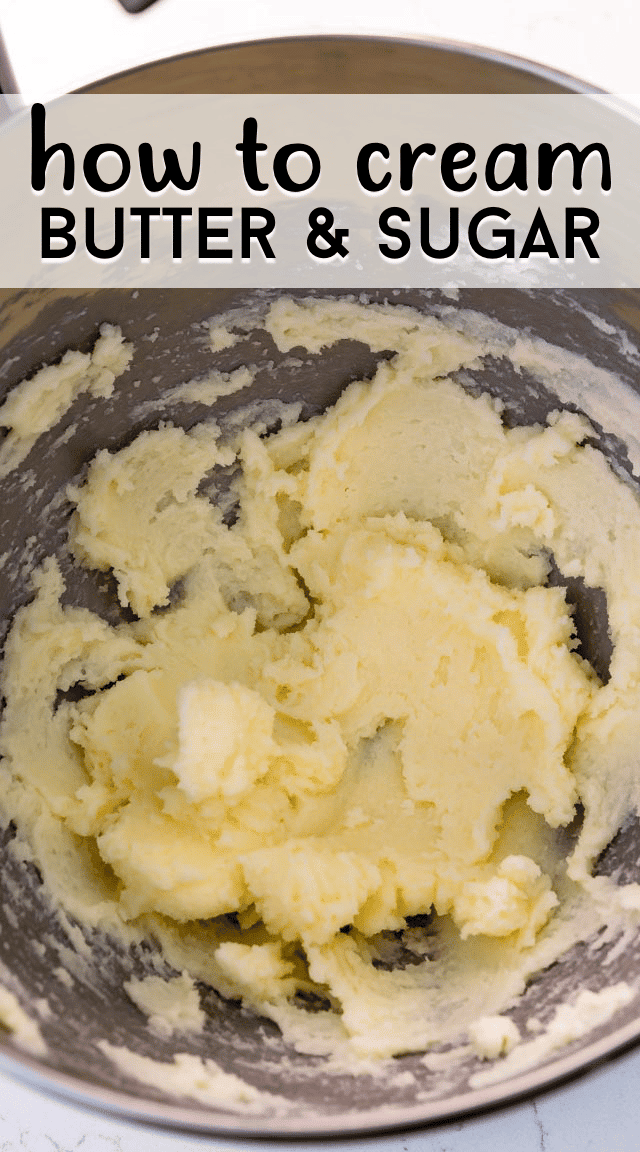
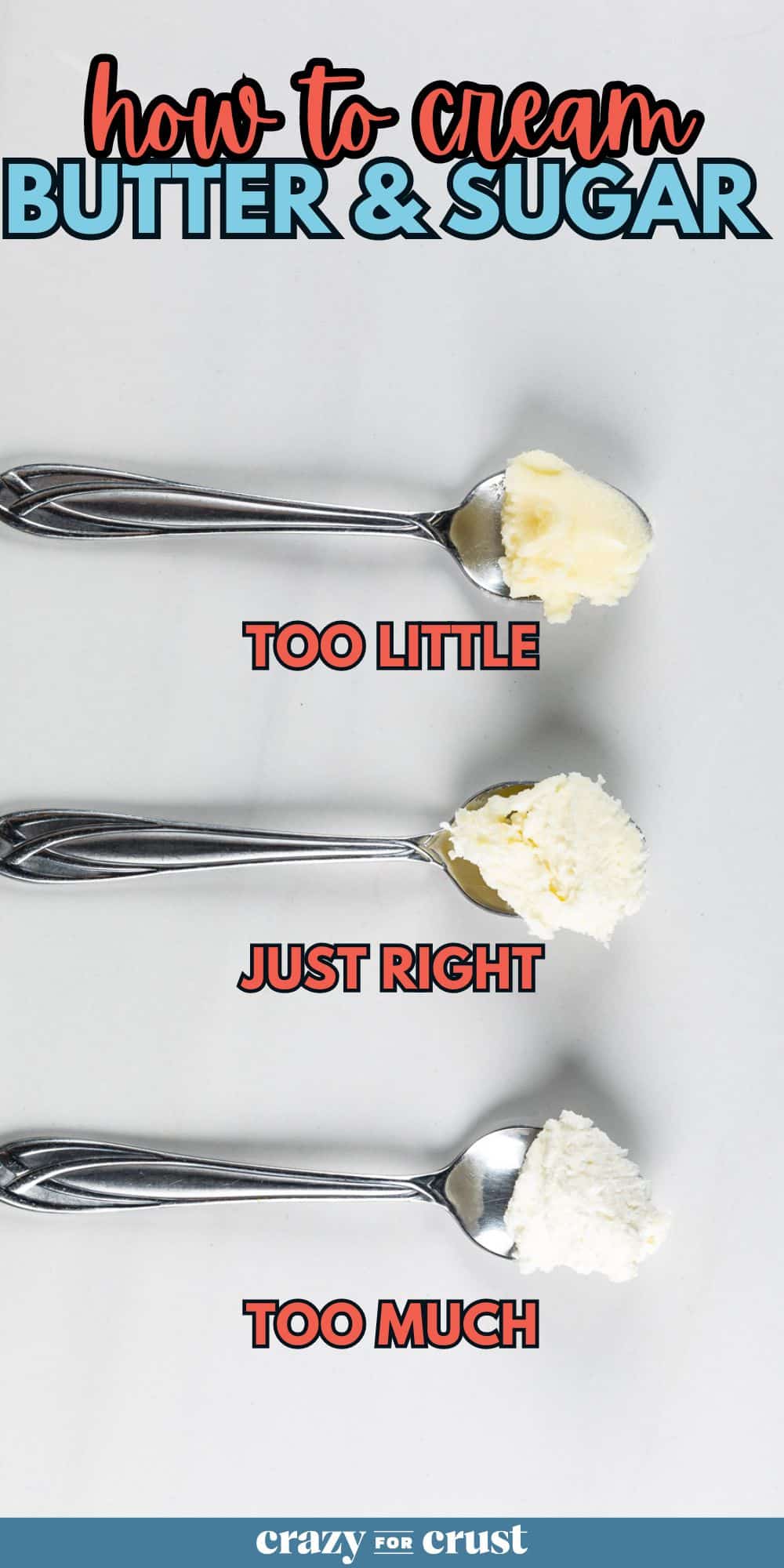
Thank you so much for all the great tips. It is really appreciated.
Omg this is SO SO SO helpful!! Thank you so much. I have been baking for a while now, I have most definitely been overcreaming my butter and sugar unattended for like 7 or more minutes and exactly the dense gluey type texture you explained, happens to me sometimes. I always thought the more creaming, means more air and fluffier baked goods but now I know that’s not the case.
Please get to the point of your recipe tips. I wasted mins. plodding thru endless verbiage to get to the actual info. I almost left your site.
This isn’t even a recipe, it’s an article talking about how and why to do something. So the endless verbiage is actually important information.
I found your article very helpful! Thank you. If you have a moment, maybe you have a suggestion: I’m reading a coffee cake recipe that has us cream butter and sugar then add eggs, sour cream, and vanilla then « continue beating. »
Any standard advice as to how long?
Just until the mixture comes together
Featured In